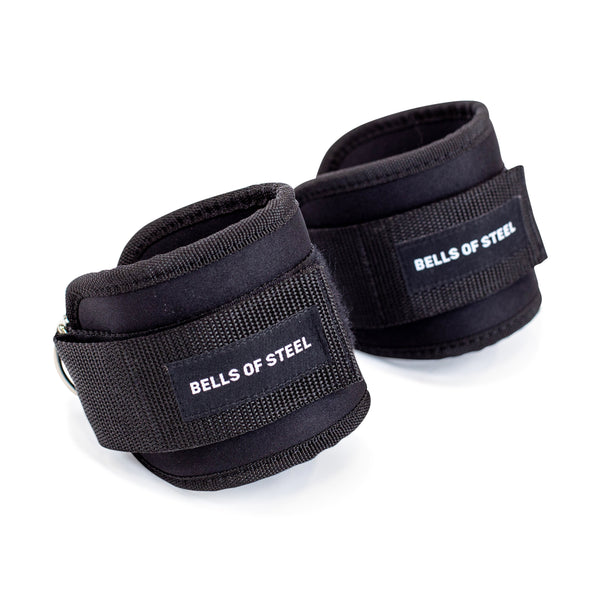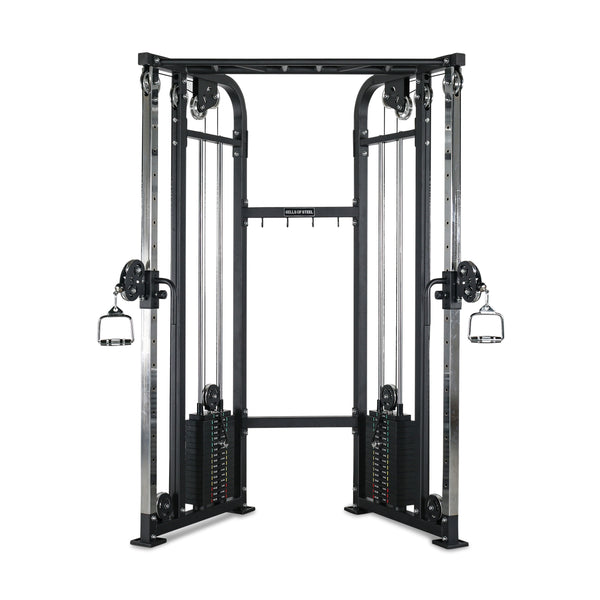So, you've decided to make your home gym the new hotspot for sculpting those legs, huh? We're all about that! Whether you're a newbie or a seasoned fitness enthusiast, lunge kickbacks are a phenomenal addition to your workout repertoire. In this article, we're going to dive into the world of lunge kickbacks. Let’s kick it!
Lunge kickbacks are a versatile lower-body exercise that primarily targets your glutes and hamstrings. Picture this: you're lunging forward and gracefully extending your leg behind you in a dynamic kickback motion. It's like a dance move for your muscles. Before we jump into the nitty-gritty of how to perfect your lunge kickbacks, let's talk about the muscles these bad boys work:
- Glutes: Your derrière takes center stage in this exercise. Lunge kickbacks give your glutes a workout they won't forget.
- Hamstrings: The back of your thighs, the hamstrings, get in on the action, helping you extend that leg gracefully.
- Quads: While not the primary focus, your quadriceps play a supporting role in stabilizing your body during the movement.
- Core: Your core muscles are engaged to keep you balanced and maintain proper form.
Step 1: Stand Tall
- Begin by standing up straight with your feet shoulder-width apart. This is your starting position.
Step 2: Lunge Forward
- Take a step forward with one leg, bending at the knee to create a 90-degree angle.
- Your back knee should hover just above the floor or lightly tap it.
- Keep your torso upright, and don't forget to engage that core.
Step 3: The Kick Back
- After lunging, smoothly extend your back leg straight behind you. Imagine you're kicking something away.
- Squeeze your glutes at the top of the movement for that extra burn.
Step 4: Return and Repeat
- Bring your extended leg back to the starting position.
- Complete your set on one side before switching to the other leg.
Step 5: Sets and Reps
- Aim for 3-4 sets of 12-15 reps per leg. Trust us; you'll feel the burn!
Q1: Can I Do Lunge Kickbacks Without Weights?
Absolutely! Lunge kickbacks can be performed with just your body weight for a great workout. However, you can add resistance by holding dumbbells or wearing ankle weights to increase the challenge.Q2: Do Lunge Kickbacks Help with Balance?
Yes, indeed! Lunge kickbacks are an excellent exercise for improving balance and stability. The movement requires you to control your body and engage your core, making it a valuable addition to your routine.Q3: Can Lunge Kickbacks Replace Squats?
While lunge kickbacks are fantastic for targeting the glutes and hamstrings, they shouldn't completely replace squats. Squats engage a broader range of muscles and offer different benefits. Incorporate both exercises into your routine for well-rounded leg development. Before you embark on your lunge kickback journey, here are a couple of safety tips:- Start with proper warm-up exercises to loosen up your muscles.
- Maintain good posture and alignment throughout the movement.
- Pay attention to your form, ensuring your knee doesn't extend past your toes during lunges.
Lunge Kickback Alternatives
Feeling a little wobbly? No worries. Here are some of the best lunge kickback alternatives to try in your home gym.Cable Glute Kickbacks
- Attach an ankle strap to the low pulley of a cable machine. Strap it to your ankle and face the machine.
- Perform kickbacks by extending your leg backward against the resistance of the cable.
Cable Hip Abductions
- Use a cable machine with an ankle attachment or a cable ankle strap. Attach it to your ankle, and stand facing the machine.
- Lift your leg out to the side against the cable resistance to work your abductors and glutes.
Dumbbell Reverse Lunges:
- Hold a dumbbell in each hand and stand with your feet together.
- Take a step back into a reverse lunge, then push back up to the starting position.
Bulgarian Split Squats:
- Hold a dumbbell in each hand or a barbell across your upper back.
- Stand a few feet away from a bench or platform, place one foot behind you on the bench, and perform a squat-like motion by bending your front knee.
Kettlebell Swings:
- Stand with your feet shoulder-width apart and hold a kettlebell with both hands.
- Swing the kettlebell between your legs and then explosively lift it forward with a hip thrust.
Glute Bridges:
- Lie on your back with your knees bent and feet flat on the floor.
- Lift your hips off the ground by squeezing your glutes and pushing through your heels.
Donkey Kicks:
- Start on your hands and knees (all fours).
- Lift one leg with a bent knee, keeping your foot flexed, and push upward until your thigh is parallel to the ground.
- Lower your leg without letting it touch the ground and repeat on the same leg.
Squat Jumps:
- Begin in a squat position with your feet shoulder-width apart.
- Explode into a jump, reaching for the ceiling and landing softly back into a squat.
Squat jumps are an excellent bodyweight exercise to work your glutes, quads, and hamstrings while incorporating a dynamic element. These alternatives offer a variety of options to work your glutes and legs using different equipment or just your body weight. Incorporating a mix of these exercises into your workout routine can help you keep your training fresh and continuously challenge your muscles. Is this conversation helpful so far?
Lunge kickbacks are a dynamic, lower-body exercise that can help you sculpt those glutes and hamstrings. Remember to start with proper form and gradually increase the difficulty as you gain strength. So, go ahead and add this elegant leg move to your home gym routine. Your legs will thank you for it!



